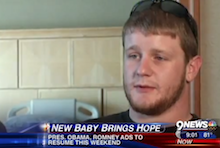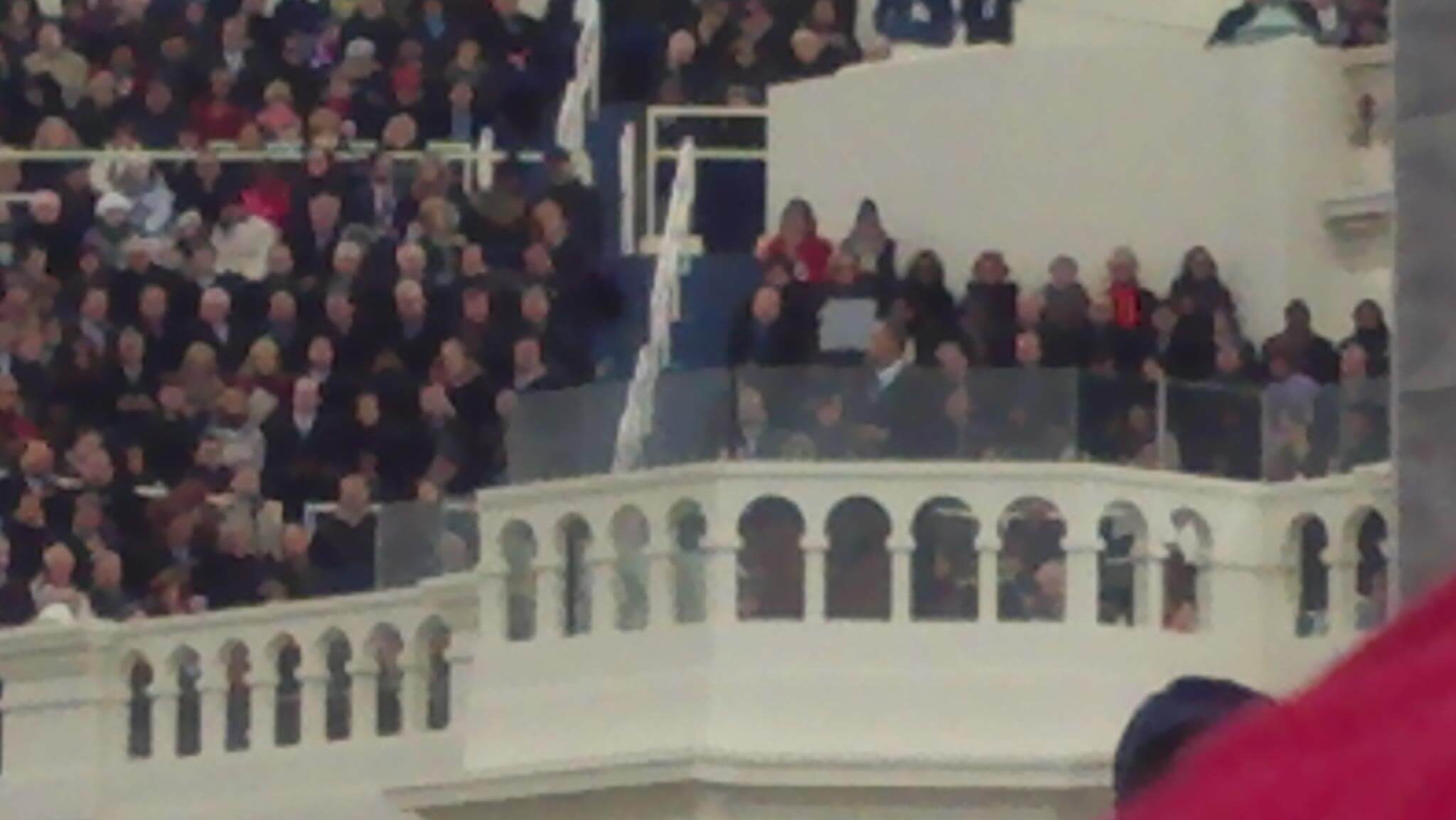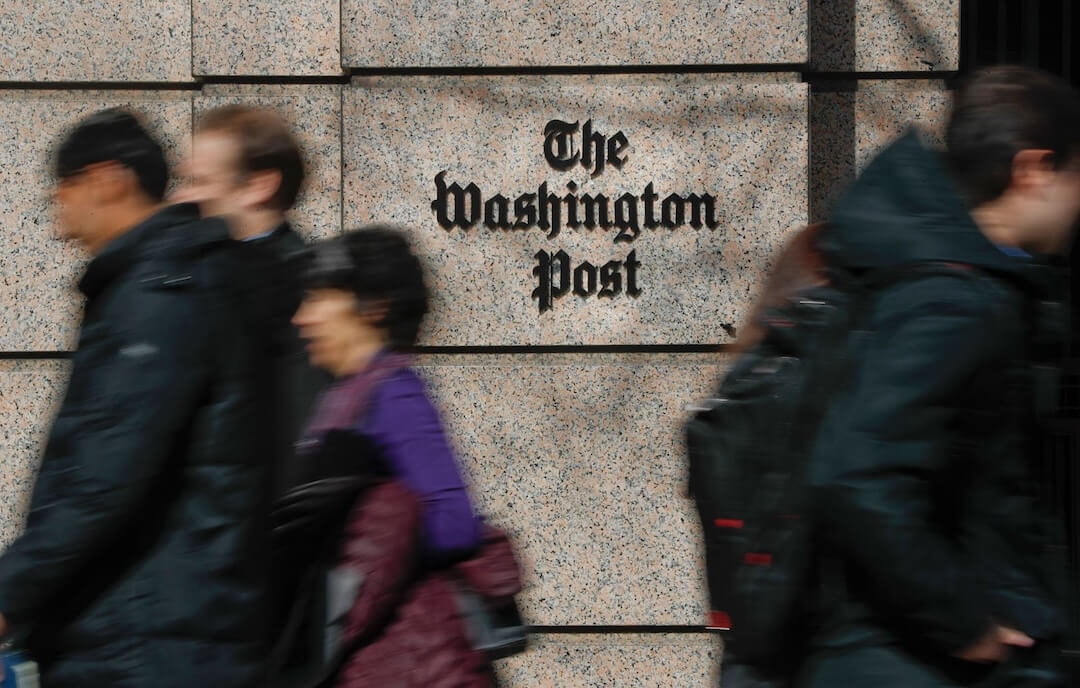Kevin Torres is a multimedia journalist for KUSA-TV, the NBC station in Denver. Usually he shoots, writes and edits his own stories.
On Tuesday, the key interview in his story was shot by the ABC station in town. On Wednesday, the Fox affiliate shot the interview for his story.
What began as a routine way for Denver stations to share the most mundane coverage of everyday press conferences and staged events has turned into a way for victims of last week’s theater shooting, and their families, to do one TV interview rather than dozens.
“The rules that we operate under are that a station can’t even look over what they shot until they feed it out to everybody,” Torres told me by email. “You can’t post it online, you can’t write about it until everybody in the pool has it.”
The stations started pooling coverage in 2009 when KUSA and KMGH agreed to share a news helicopter.
While journalists, of course, would like to do their own interviewing, Torres said the pool system is easier on the families.
“You have victims at three hospitals and you have families and victims who want to talk,” he said. “But in addition to the four local TV stations, there are stations from around the country here, plus the networks. Nobody wants 40 or 50 cameras in their living room or hospital room.”
KCNC reporter Suzanne McCarroll told me by email that hospital public relations staff are suggesting that families do pooled interviews, although stations have found some people who don’t ask for it.
McCarroll, a reporter for 30 years at the same station, doesn’t believe the approach hurts news coverage.
Let’s face it, the first interview they give is almost always the best. With each interview they give after that, their details and emotions get watered down. And really, when you think about it, should we be fighting over who gets to interview a guy with three bullets in his leg first? Is that where we should spend our effort? I don’t think so.
Despite the fact that key interviews for their stories are the same, each station seems to be able to add elements to make their stories unique.
On Tuesday, you may have seen the story of a baby born four days after his father was shot at the theater. The pool video was an interview with the new father’s brother, photos of the baby and mother, and a single image of the newborn.
Still, the stories turned out remarkably different as stations took the pool video and found other materials on their own to flesh the story out.
KCNC’s version, with a separate interview with the uncle provided by CBS News
KDVR’s version
You will notice the stations are careful about how they describe the interviews. They do not claim to have done the interviews themselves when they are pool feeds. “Rather than saying we talked to the family, we might say the family shared their story today,” Torres explained.
On Thursday, McCarroll covered the funeral of 23-year-old shooting victim Micayla Medek. The family initially invited KCNC to cover the funeral alone. But McCarroll said KCNC will rely on other stations to cover some memorial services in the coming days, so she asked the family if KCNC could feed the video to the other Denver stations. The family agreed.
“There is a better spirit of cooperation among stations now than there was after the shootings at Columbine High School,” McCarroll said. “I think that we have learned that when it can make it less traumatic on the families, it is the right thing to do.”







